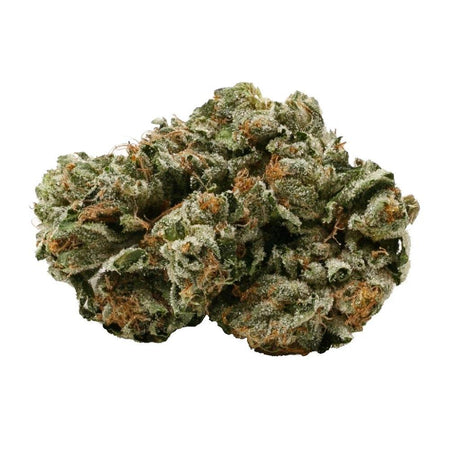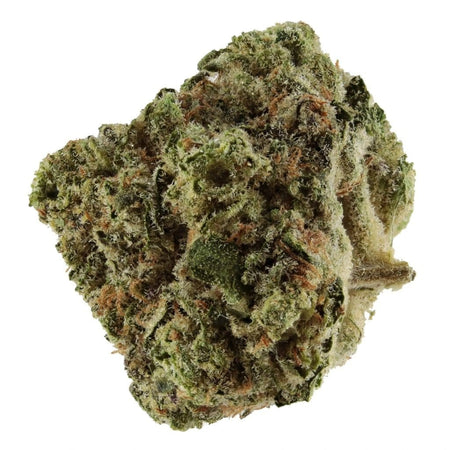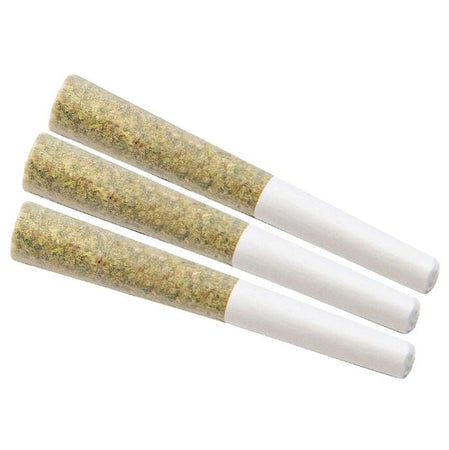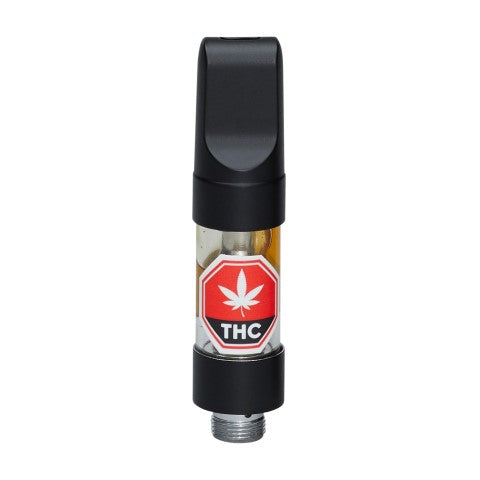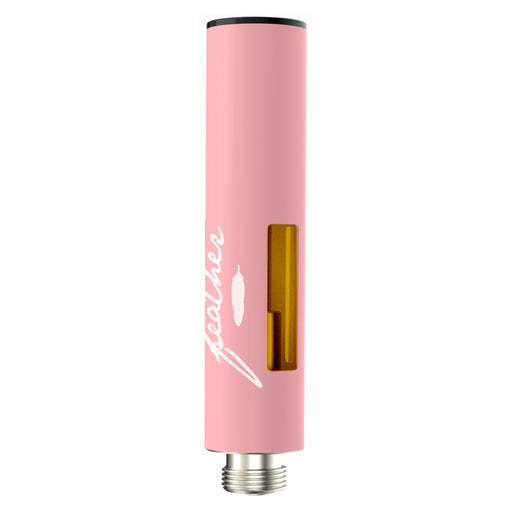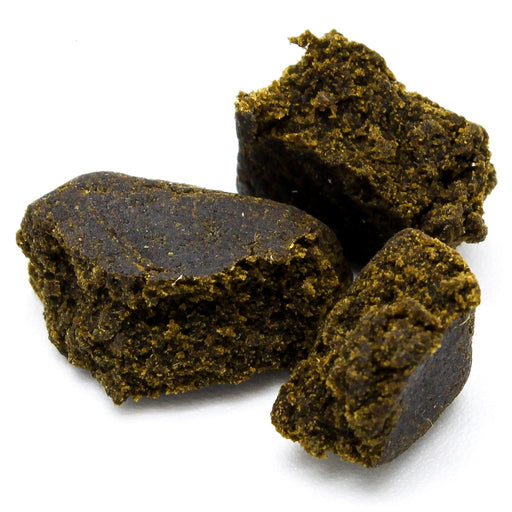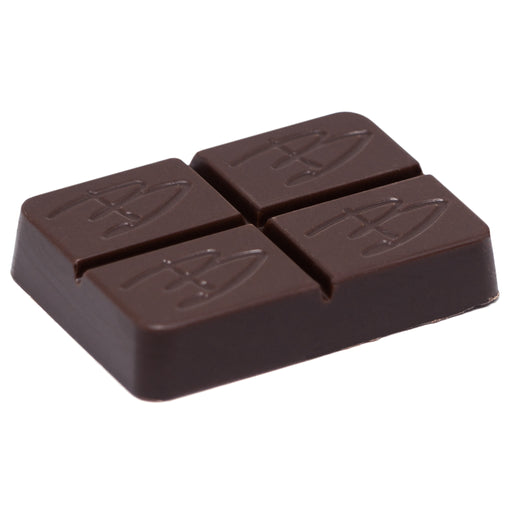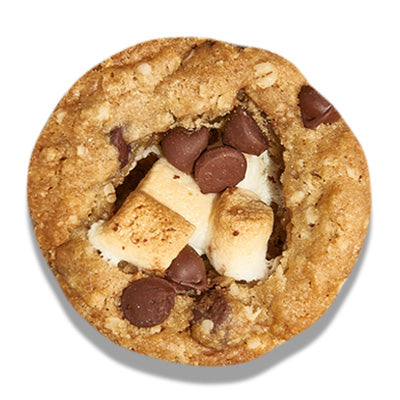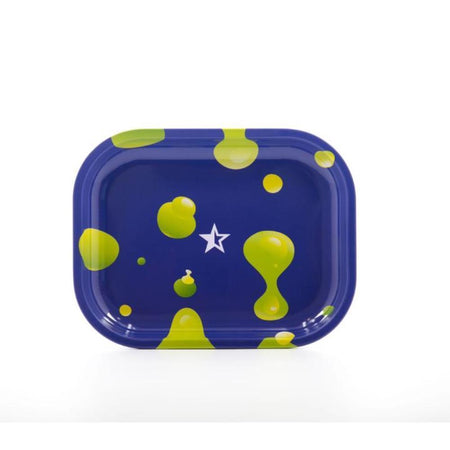Understanding Kief: Definition and Composition
Kief, often referred to as the “gold dust” of cannabis, is a concentrated form of the plant’s resinous trichomes. These trichomes are tiny, crystal-like structures that coat the flowers of the cannabis plant, producing a substance rich in cannabinoids and terpenes. Essentially, kief is the collection of these resinous glands, which are prized for their potency and versatility in use.
Physically, kief is distinguished by its powdery texture and its color, which can vary considerably. The appearance of kief ranges from a light golden hue to darker shades of green, depending on the strain of the cannabis and the methods used during its extraction. The finer the sieve used to collect kief, the purer and more potent the final product tends to be.
The chemical composition of kief is what makes it particularly desirable. It contains a high concentration of tetrahydrocannabinol (THC), the primary psychoactive compound in cannabis. In addition to THC, kief also includes other cannabinoids like cannabidiol (CBD) and cannabinol (CBN), as well as a variety of terpenes that contribute to its aroma and therapeutic properties. This concentrated form means that kief is significantly more potent than the cannabis flower itself, offering a powerful experience for users.
Beyond its chemical allure, kief carries significant historical and cultural weight. In regions such as Morocco and Afghanistan, kief has been traditionally used for centuries, often pressed into hashish. These cultures have long recognized the value of kief, both for its medicinal properties and its role in social and spiritual practices. The methods of collecting and using kief have been passed down through generations, embedding it deeply into the cultural fabric of these areas.
Understanding kief not only involves recognizing its physical and chemical characteristics but also appreciating its rich history and cultural significance. This multi-faceted perspective allows users to fully grasp and respect the profound impact kief has had and continues to have in the world of cannabis.
Practical Uses of Kief: Methods and Benefits
Kief, the fine, powdery substance composed of cannabis trichomes, offers a multitude of practical uses in cannabis consumption. Collecting kief can be a straightforward process, typically achieved using a three-chamber grinder. This tool separates the kief from the ground cannabis, allowing it to accumulate in a dedicated chamber. Alternatively, a silk screen can be employed to sift kief from bulk cannabis, producing a high-quality, concentrated product.
One of the most common methods of utilizing kief is by adding it to joints or blunts. By sprinkling a small amount into your rolled cannabis, you can significantly enhance the potency of your smoke. Similarly, kief can be sprinkled on top of bowls or bongs, providing an extra kick to your session. These methods are favored for their simplicity and effectiveness in boosting the overall experience.
Incorporating kief into edibles or beverages is another popular use. Infusing kief into butter or oil can create potent cannabis edibles, offering a discreet and long-lasting alternative to smoking. Additionally, kief can be dissolved in warm beverages like tea or coffee, providing a unique and enjoyable way to consume cannabis.
For those seeking more advanced applications, pressing kief into hash is a rewarding technique. This involves applying heat and pressure to kief, transforming it into a denser, more manageable form. Moreover, kief can be used to make moon rocks, a highly potent product created by coating cannabis buds in oil and rolling them in kief.
The benefits of using kief are numerous. Its high potency means that even small amounts can have significant effects, making it a cost-effective option for many users. Its versatility allows it to be incorporated into various consumption methods, catering to diverse preferences. Furthermore, when stored properly in an airtight container away from light and moisture, kief can maintain its quality for extended periods.
Safety and best practices are paramount when handling kief. It is important to use clean tools and surfaces to avoid contamination. Additionally, ensuring that kief is stored in a cool, dark place can help preserve its potency and flavor. By following these guidelines, users can fully enjoy the myriad benefits that kief has to offer.
